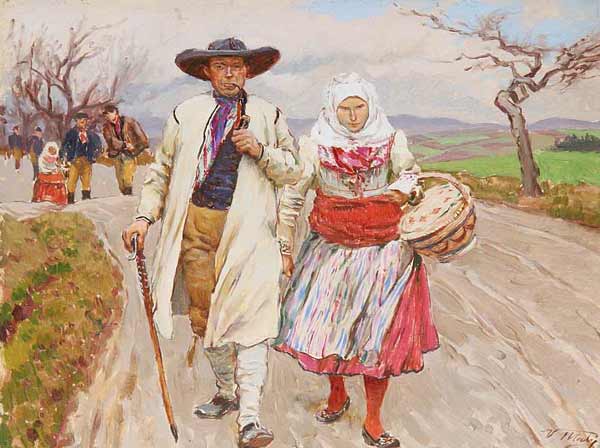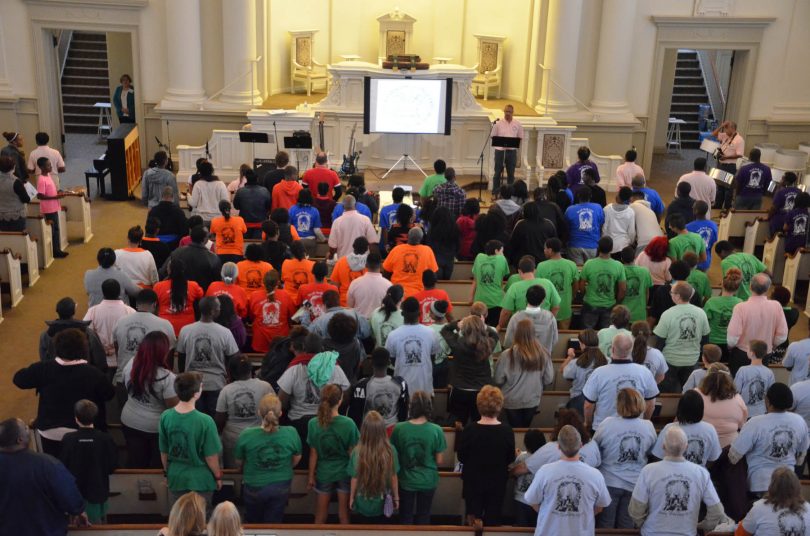Nisky Hill Cemetery
Nisky Hill Cemetery, located in Bethlehem, Pennsylvania, is one of the region's most historically significant burial grounds. Established in the mid-19th century, the cemetery reflects Bethlehem's deep-rooted Moravian heritage and serves as the final resting place for many prominent figures from the area's past. The name "Nisky" is believed to be derived from "Niesky," a town in Germany that was closely connected to the Moravian Church. The cemetery was originally created to accommodate the growing population of Bethlehem and to provide a space distinct from the traditional Moravian burial ground, God's Acre, which had strict burial customs. Unlike God's Acre, where all gravestones are flat and uniform to reflect the Moravian belief in equality in death, Nisky Hill allowed for more individualized markers and monuments.
During the 19th and early 20th centuries, Nisky Hill Cemetery became the resting place for many notable residents, including influential industrialists, clergy, and civic leaders. Many individuals who played key roles in the rise of Bethlehem Steel, one of America's largest steel producers, are buried here. The cemetery also contains graves of veterans from multiple wars, including the Civil War, World War I, and World War II. Over time, the cemetery expanded, adding sections to accommodate different religious and ethnic groups, reflecting Bethlehem's diverse population.

